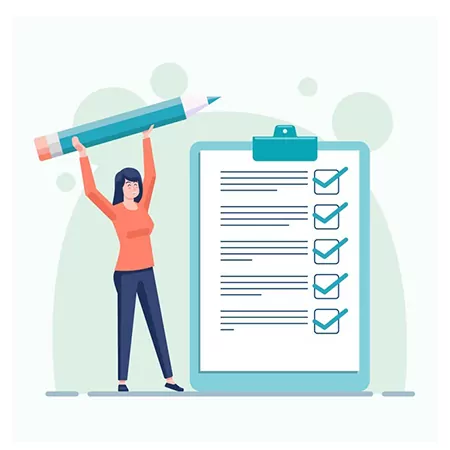Plagiarism is an act of intellectual theft; it attributes with the use of ideas that are not yours. Plagiarism originates from the Latin word “plagium,” meaning kidnapping; in rational terms, it is the kidnapping of someone’s ideas and thoughts. Publications are considered fundamental for faculty members of departments, colleges, and universities around the globe. The number of publications has a significant impact on the CV of research scholars; thus, academic writing by making sure to avoid plagiarism is an essential skill for graduate students. The pressure for publications has given rise to another illicit practice of self-plagiarism or often referred to as multiple publications. Sometimes it is accidental, but often it is deliberate.
Self-plagiarism is the use of one’s previous work in a separate publication without citing the previous work. This heinous practice is considered as a serious ethical problem and is frowned upon in scholarly settings and is termed as recycled fraud. The prior terms vividly highlight the magnitude of the problem.
Self-Plagiarism can lead to several problems, including rejection of a paper or a poor grade on the assignment.
Duplicate publication is referred to as submitting the same paper or intellectual material more than once with minor or no changes at all. An author can submit a single scholarly work multiple times for the sake of an increasing number of publications. It is not considered as a crime but is deemed as academic misconduct.
Redundant publications can disturb the citation indexes and citation impacts by manipulating the system, although some authors use this scheme to enhance the readership of their research.
If you are looking for more than one publication from one project or want to squeeze one more article from your previous work, work smart. Paraphrasing is a common technique used to avoid plagiarism and cite the source according to the accepted citation style. Whenever using graphs or tables from prior work, don’t forget to acknowledge the source. Do not resubmit old assignments.

Self-plagiarism might not be as bad as other forms of plagiarism, but it is still considered as academic mischief; it cannot only hurt your grades as a student but also dent your reputation as an academic. Many times students, even academics, do not know about the different types of plagiarism and commit to the misconduct unwittingly, which can reflect negatively in their scope. So it is better to thoroughly study the policy of your university or your publishing agency to avoid any mishaps.
Self-plagiarism refers to reusing your own previously published work without proper citation or permission, presenting it as new or original. It violates academic integrity and ethics by deceiving readers and misleading the assessment of your contributions.
You May Also Like